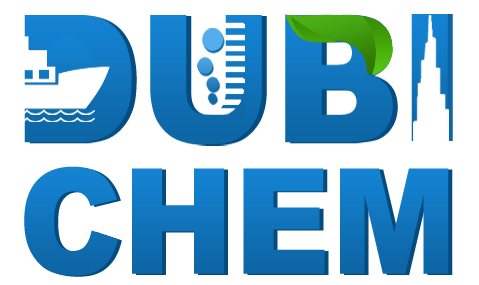Paint stripper, or paint remover, is a product designed to remove paint and other finishes and also to clean the underlying surface. The removal of paint containing lead may lead to lead poisoning and is regulated in the United States. Other paint removal methods involve mechanical (scraping or sanding) or heat (hot air, radiant heat, or steam). A material safety data sheet will provide more safety information than on the product label.
Types of chemical paint remover
Chemical paint removers’ work only on certain types of finishes, and when multiple types of finishes may have been used on any particular surface, trial and error testing are typical to determine the best stripper for each application. Two basic categories of chemical paint removers are caustic and solvent.
Caustics:
Caustic paint removers, typically sodium hydroxide (also known as lye or caustic soda), work by breaking down the chemical bonds of the paint, usually by hydrolysis of the chain bonds of the polymers forming the paint. Caustic removers must be neutralized or the new finish will fail prematurely. In addition, several side effects and health risks must be taken into account in using caustic paint removers. Such caustic aqueous solutions are typically used by antique dealers who aim to restore old furniture by stripping off worn varnishes, for example.
Solvents:
Solvent paint strippers penetrate the layers of paint and break the bond between the paint and the object by swelling the paint.
The principal active ingredient in historically common solvent paint strippers is dichloromethane, also called methylene chloride, which has serious health risks including death, is likely a carcinogen, and other risks.
Solvent strippers may also have formulations with orange oil (or other terpene solvents), N-methylpyrrolidone, esters such as dibasic esters (often diethyl esters of shorter dicarboxylic acids, sometimes laminated, for example, atopic acid or glutamic acid), aromatic hydrocarbons, dimethylformamide, and other solvents are known as well. The formula differs according to the type of paint and the character of the underlying surface. Nitromethane is another commonly used solvent. Dimethyl sulfoxide is a less toxic alternative solvent used in some formulations.
Paint strippers come in a liquid or a gel ("thyrotrophic") form that clings even to vertical surfaces.
The principle of paint strippers is penetration of the paint film by the molecules of the active ingredient, causing it’s
Dubichem chemicals international is a leading supplier, manufacturer and exporter of Malefic acid in Dubai, Ajman, Abu Dubai, Sharjah, Fujairah, Turkey, Saudi Arabia, Qatar, Kuwait, United Arab Emirates, omen, Iraq, Singapore, Malaysia, Indonesia, Lebanon, Greece, India, Sudan, Ghana, Madagascar, Kenya, Nigeria, Zimbabwe, at Dubichem@gmail.com and for more related products visit www.dubichem.com
